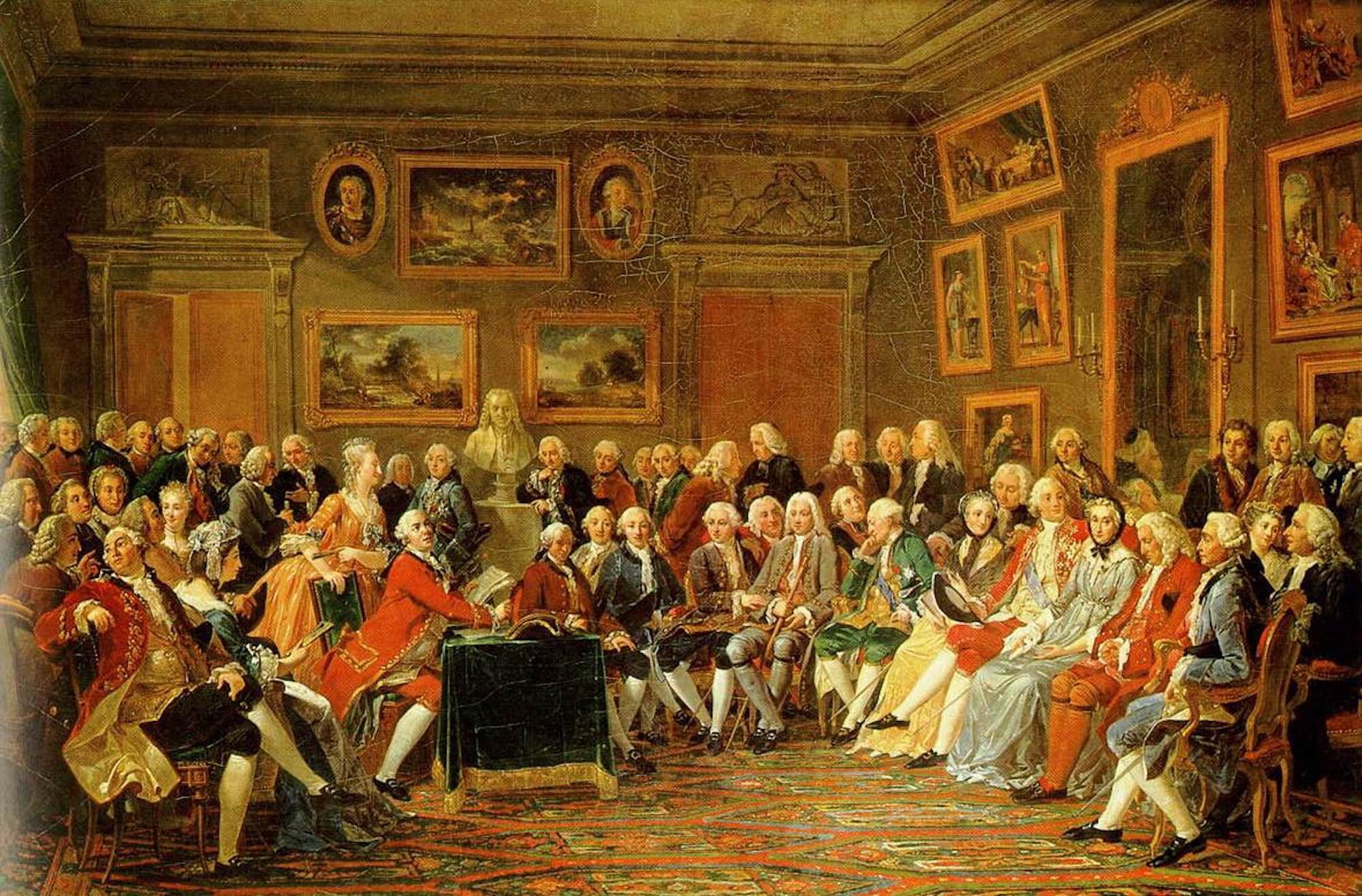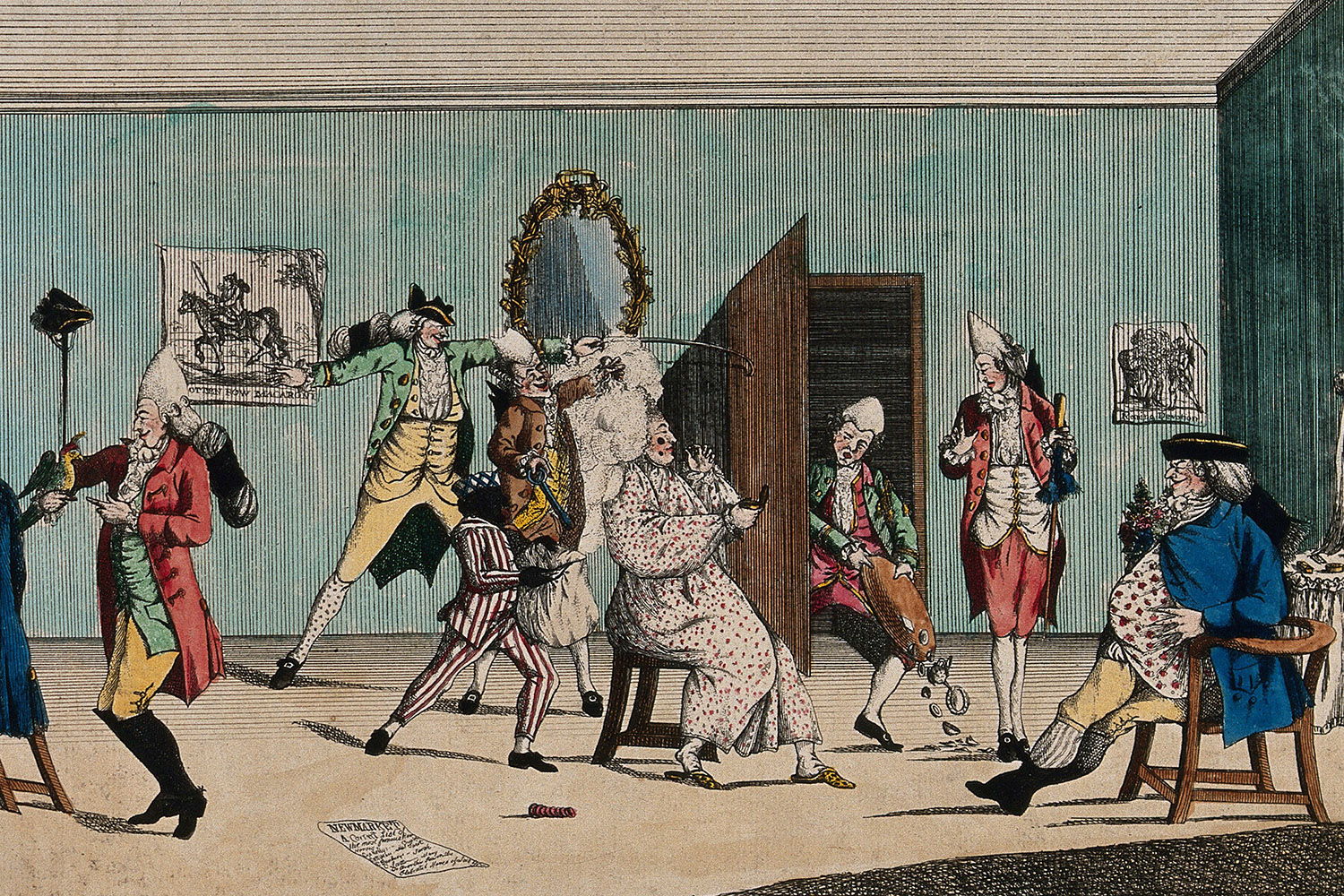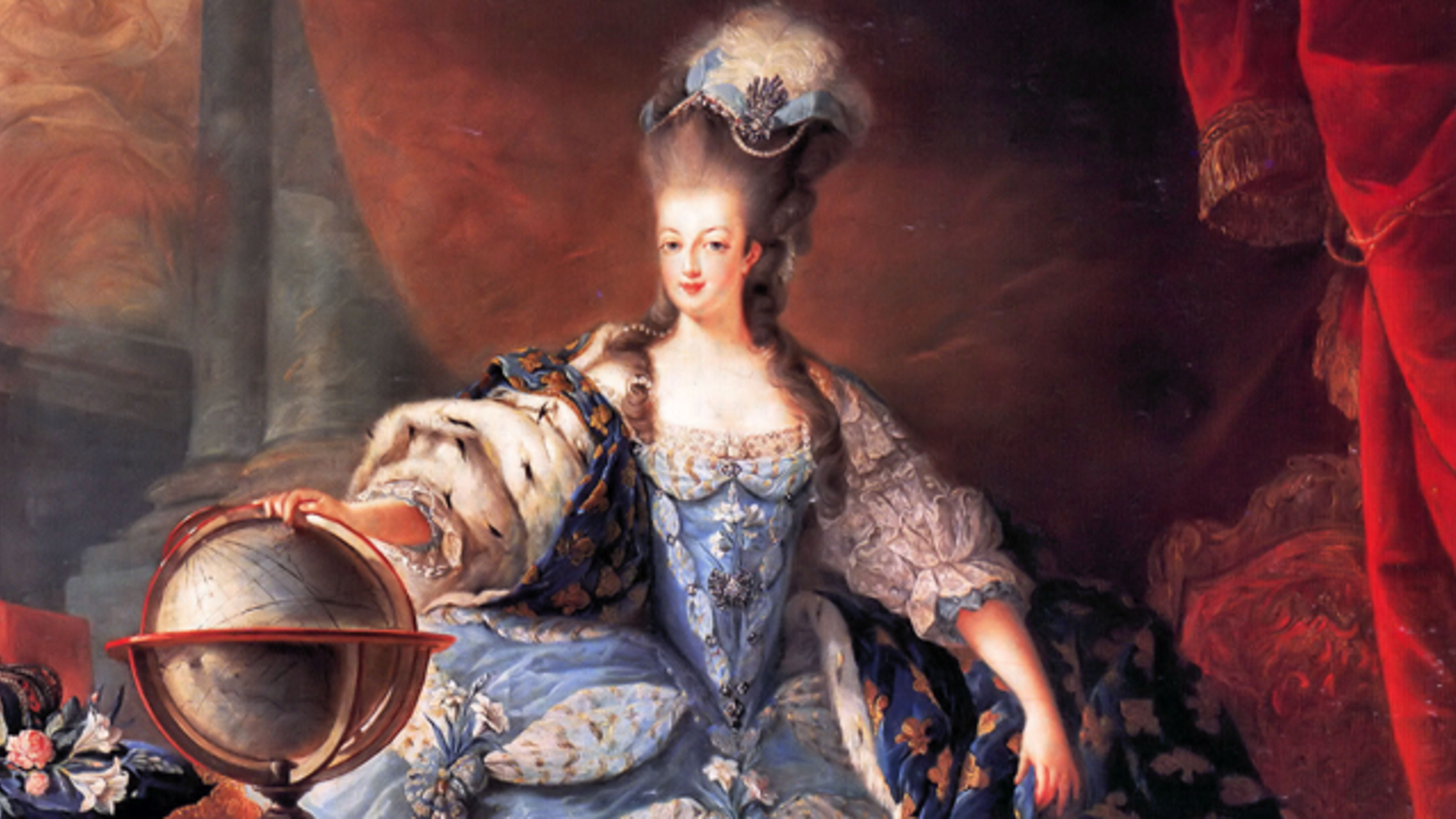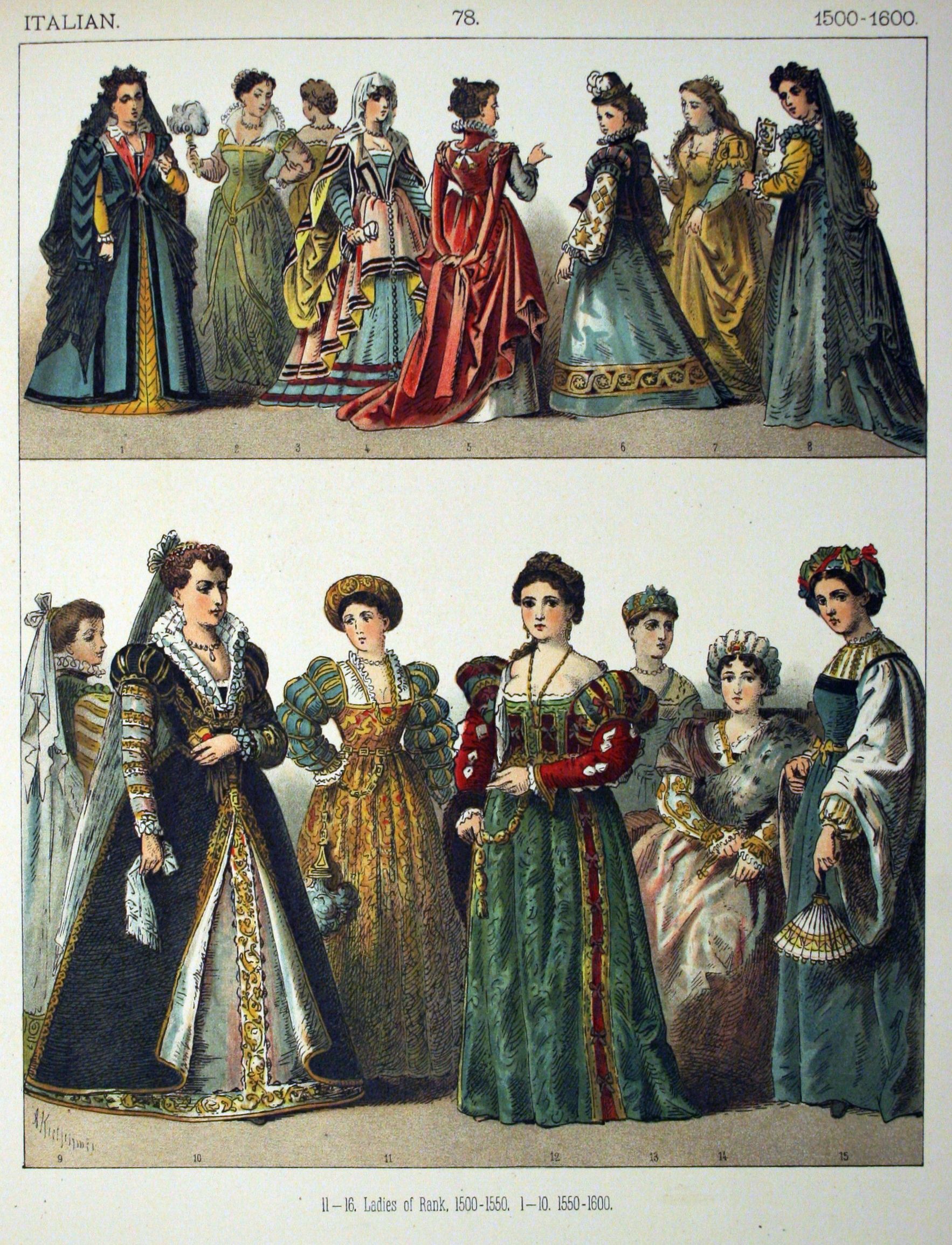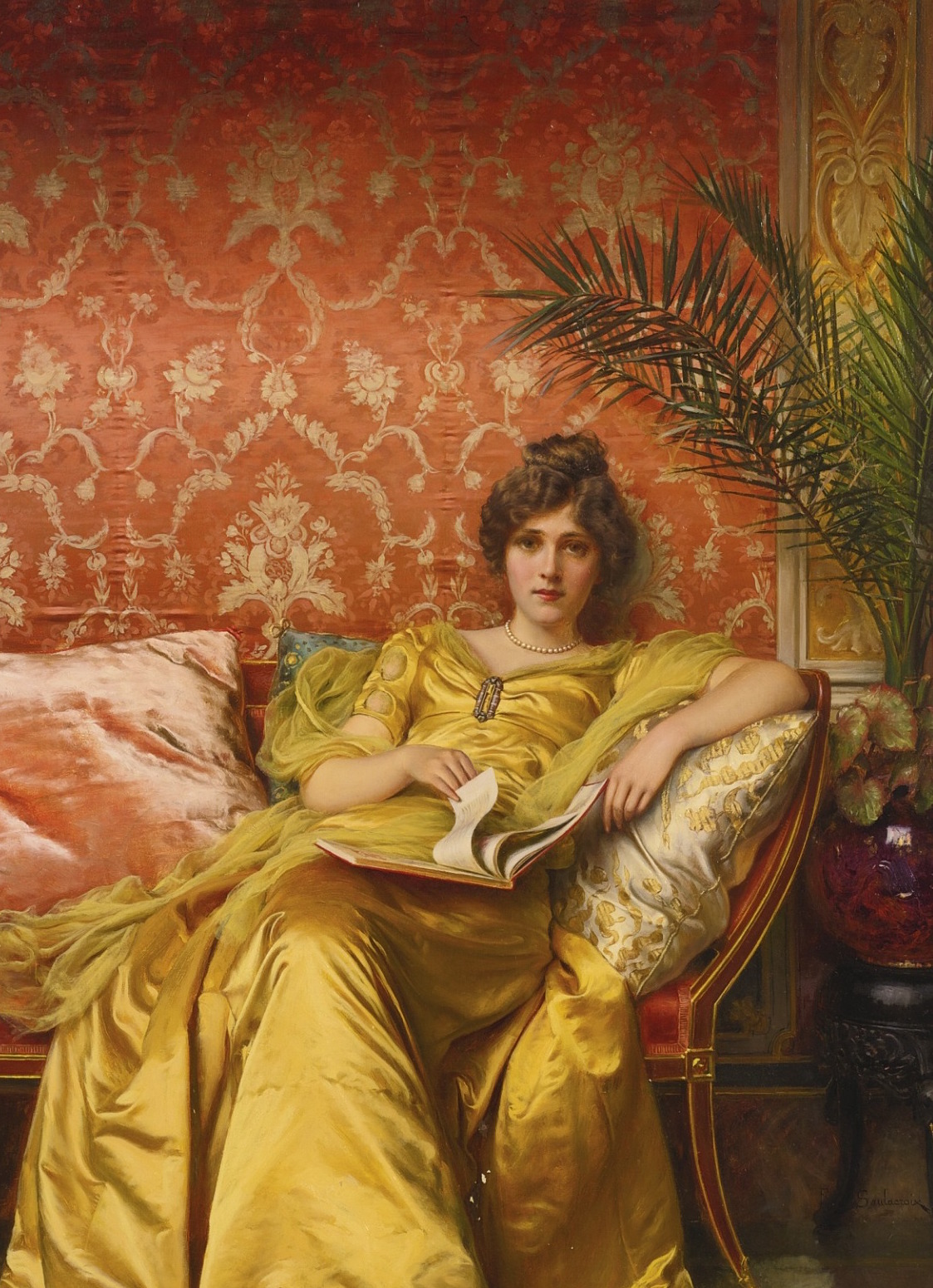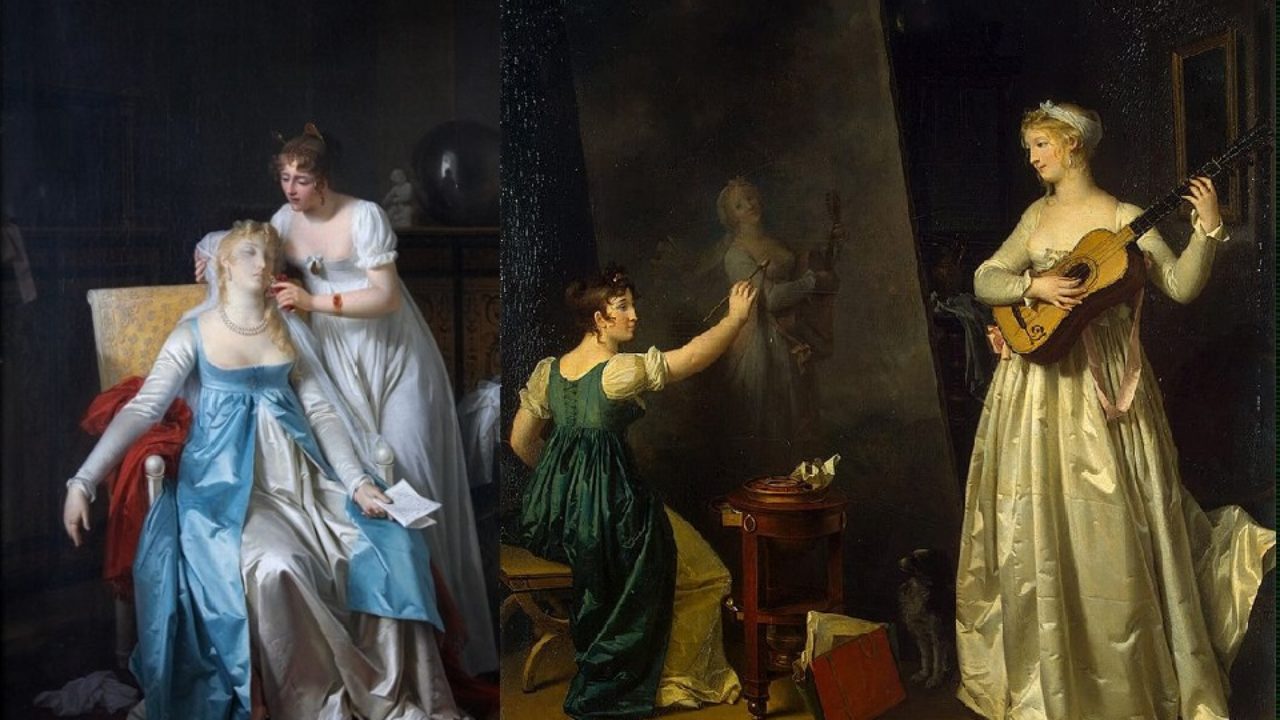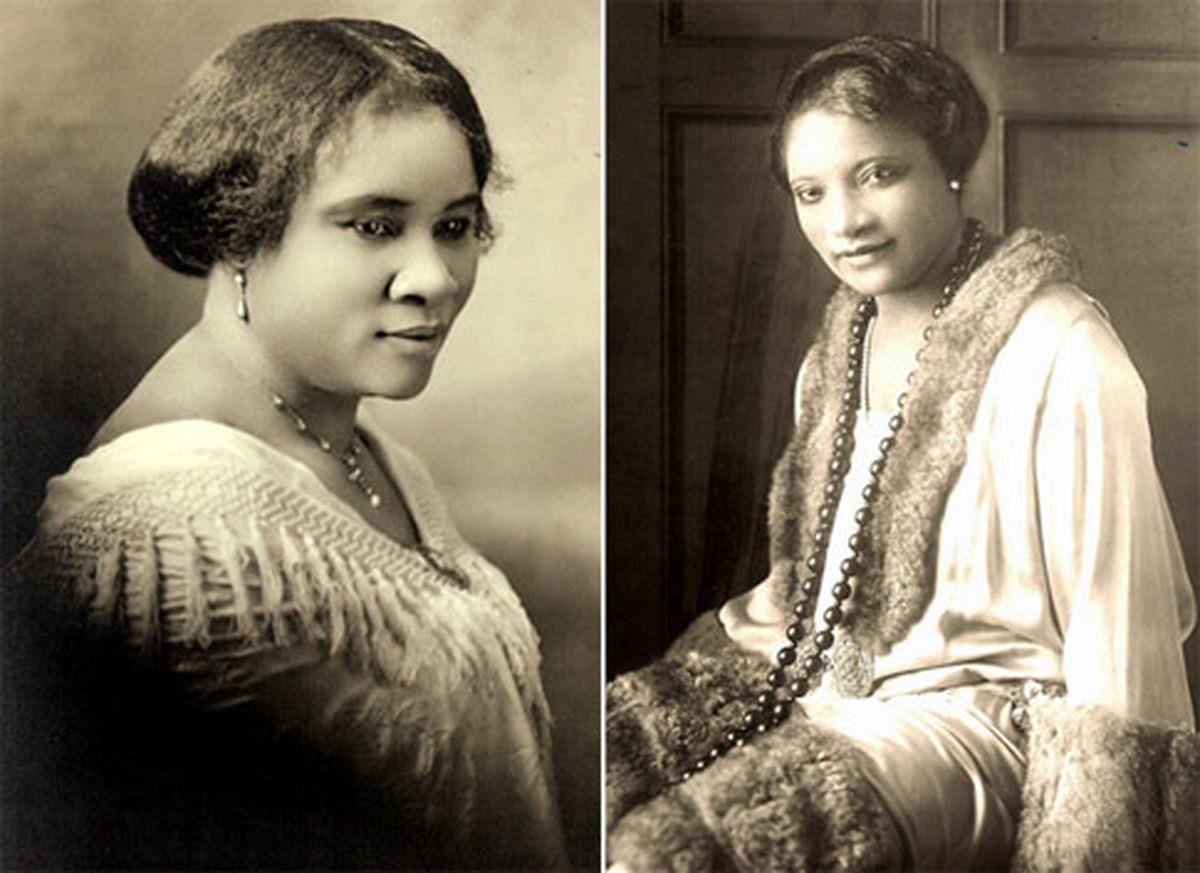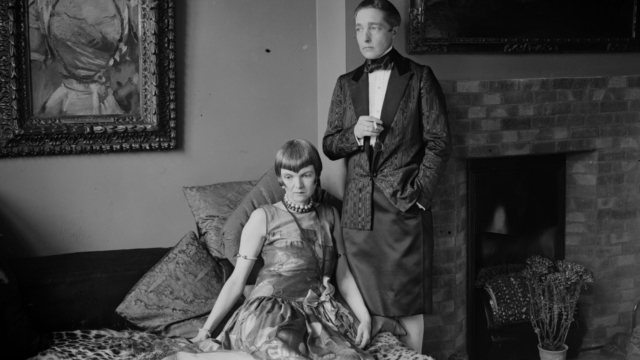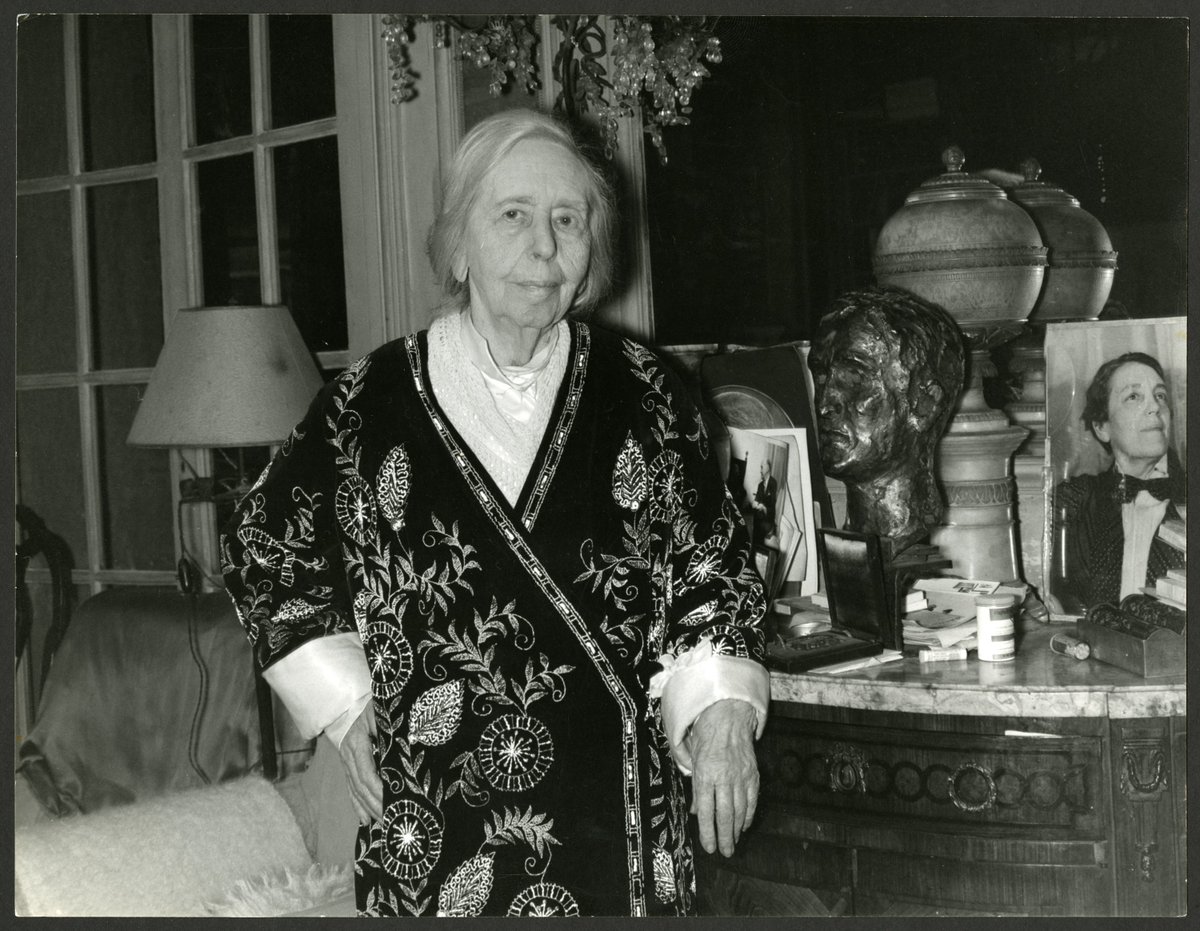Salon Fashion: A Historical Retrospective
During the 17th and 18th centuries when salons exploded in popularity amongst the aristocracy across Italy and France, extravagant clothing was the norm.
Ornately decorated, multi-tiered, floor-length dresses were in style for women from both cultures, while the men almost uniformly donned white powdered wigs of varying proportions and brightly colored suits.
But frankly… who cares about the men’s looks?!
Salons were a place where women were able to gain socio-political influence via their roles as hosts – so let’s take a closer look at some of their styles.
French women of that era loved a wide dress with poufy sleeves and massively protruding hip accentuation. Italian women were less on the wide-angle and more on the long and flowing tip, but both cultures loved bright colors, up-dos and headpieces.
The early 18th century saw a decrease in the overall poufy-ness of the dresses of most salonistas, with simpler styles and softer fabrics coming into style largely due to increased availability of Italian silk, generally regarded as superior to French silk.
Hairstyles also became less ornate, although the up-do still ruled the day since ladies having their hair down was considered quite taboo.
Also…is she ok? Hopefully just a little faint, quite common in the age of the corset, which was secretly suffocating women underneath all these epic dresses.
The next time salons came back into fashion was in the early 20th century. Cities like Berlin, New York City and, of course, Paris became hotbeds for salon activity and influence both culturally and politically.
The so-called roaring 20’s brought about a resurgence of salon culture after it had been virtually stamped out by Napoleon in Europe.
Affluent Jewish women in the late 19th century in Weimar, Germany started hosting again and set the stage for both the Weimar salon resurgence of the early 20th century and the American Jewish ex-pat salonistas in Paris right around the same time.
After World War I, the Weimar Republic was rapidly becoming one of the most progressive societies in Europe as well as a party capital, and the fashion styles reflected it. Known for being a safe haven for the LGBTQ+ community, cross-dressing was common as was theatrical, costume-like garb.
Meanwhile in New York City, The Harlem Renaissance saw beauty product moguls Madam C.J. and her daughter A’lelia Walker become the most fashionable salonistas in Manhattan. These iconic women were the first self-made female millionaires in the country and became known for hosting literary salons.
The wealthy Parisian lesbian community of the 1920s also had some incredible looks. Convening in the homes of Gertrude Stein and Natalie Clifford Barney respectively, they found themselves in a welcoming and well-connected community.
Gertrude and Natalie themselves were a bit older and hardly on the cutting edge of fashion for the time, but Natalie still held it down in her rockstar housecoats.
The Great Depression and World War II were another series of crushing blows to salon culture, which had a bit of a resurgence in the U.S. amongst European ex-pats before the Red Scare ruined that.
But here we are in the roaring ’20s yet again and we’re too excited to say that salons are officially back! Read all about it and follow @TheSalonHost for all your hosting tips.
